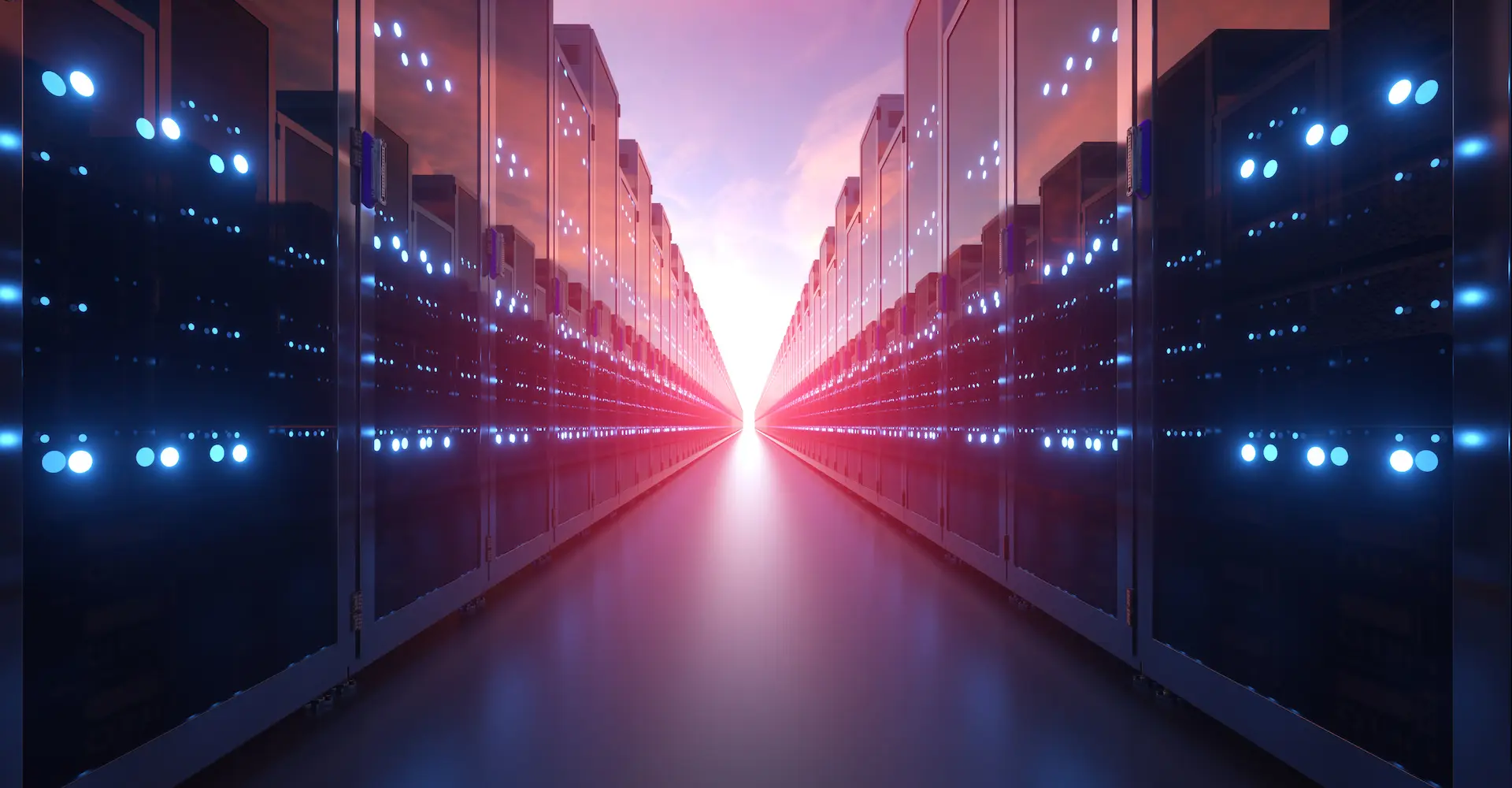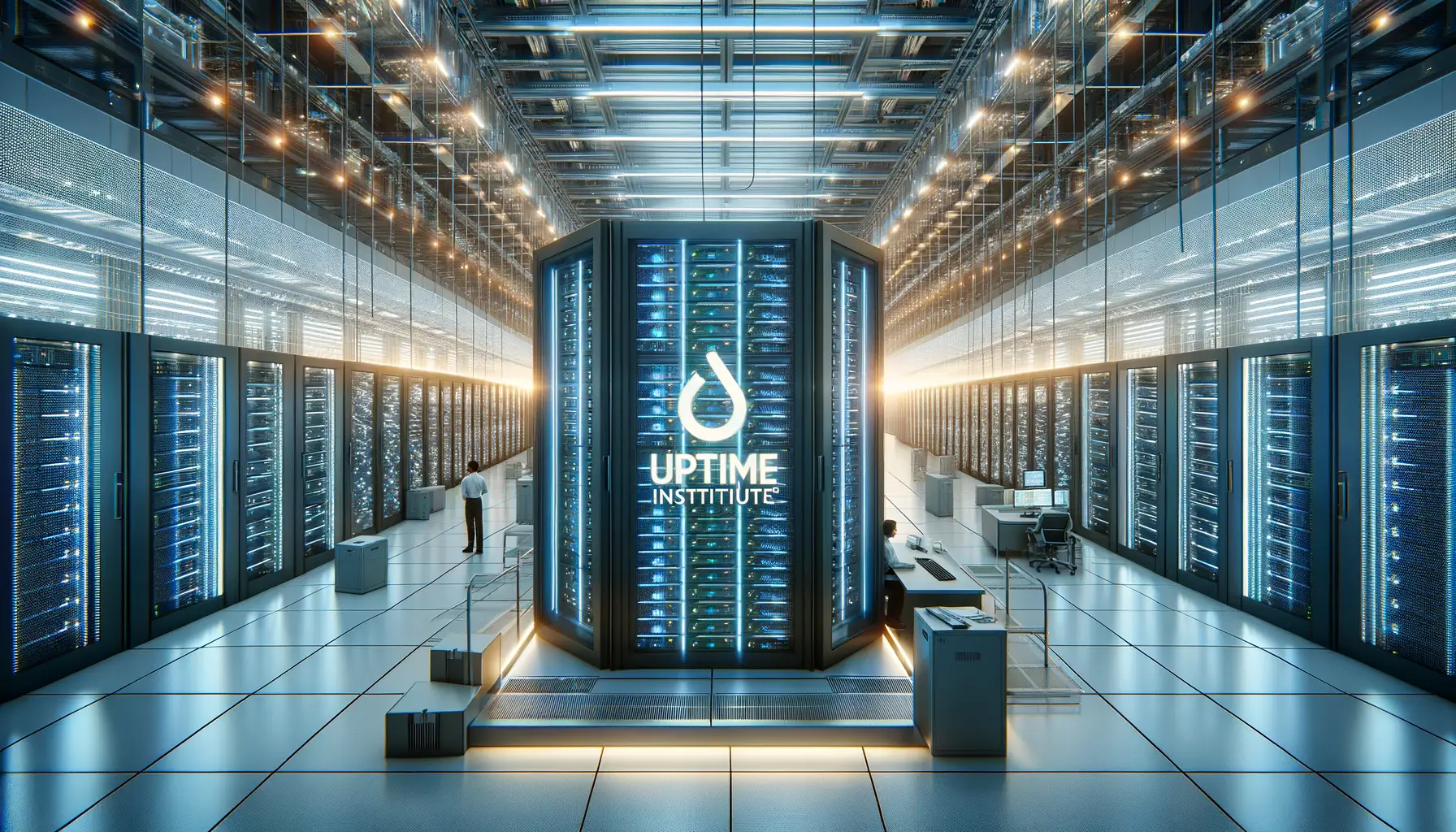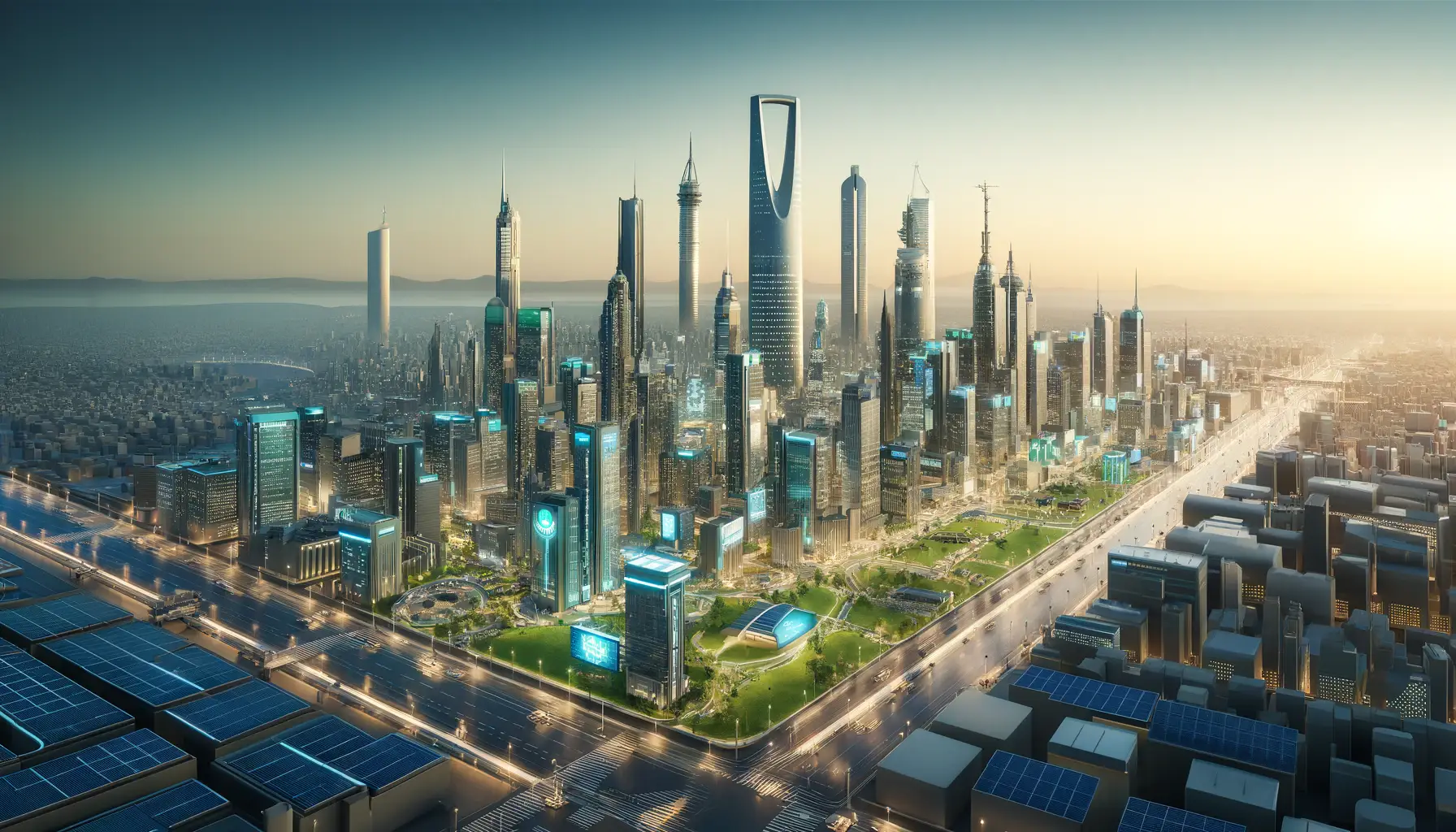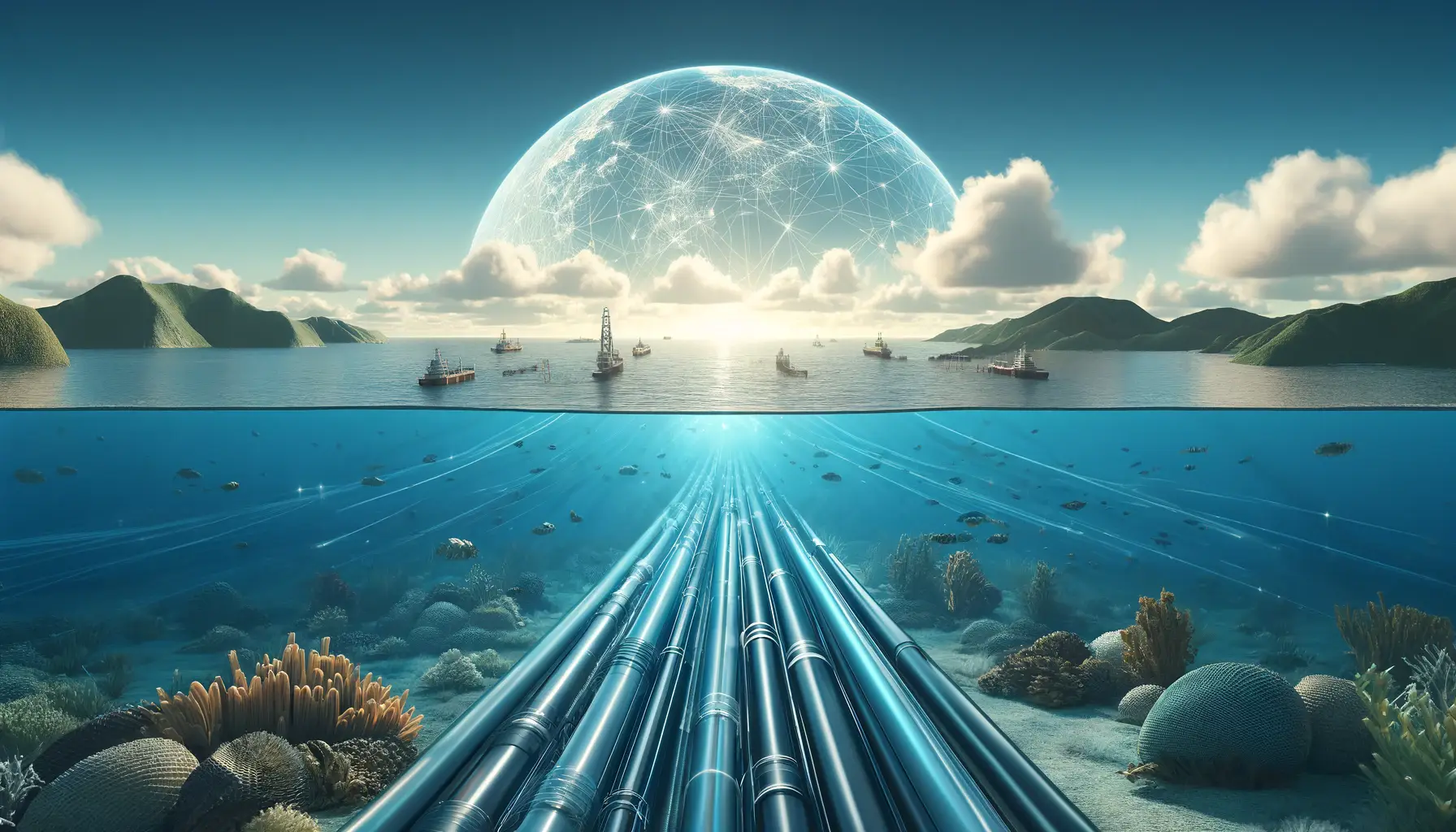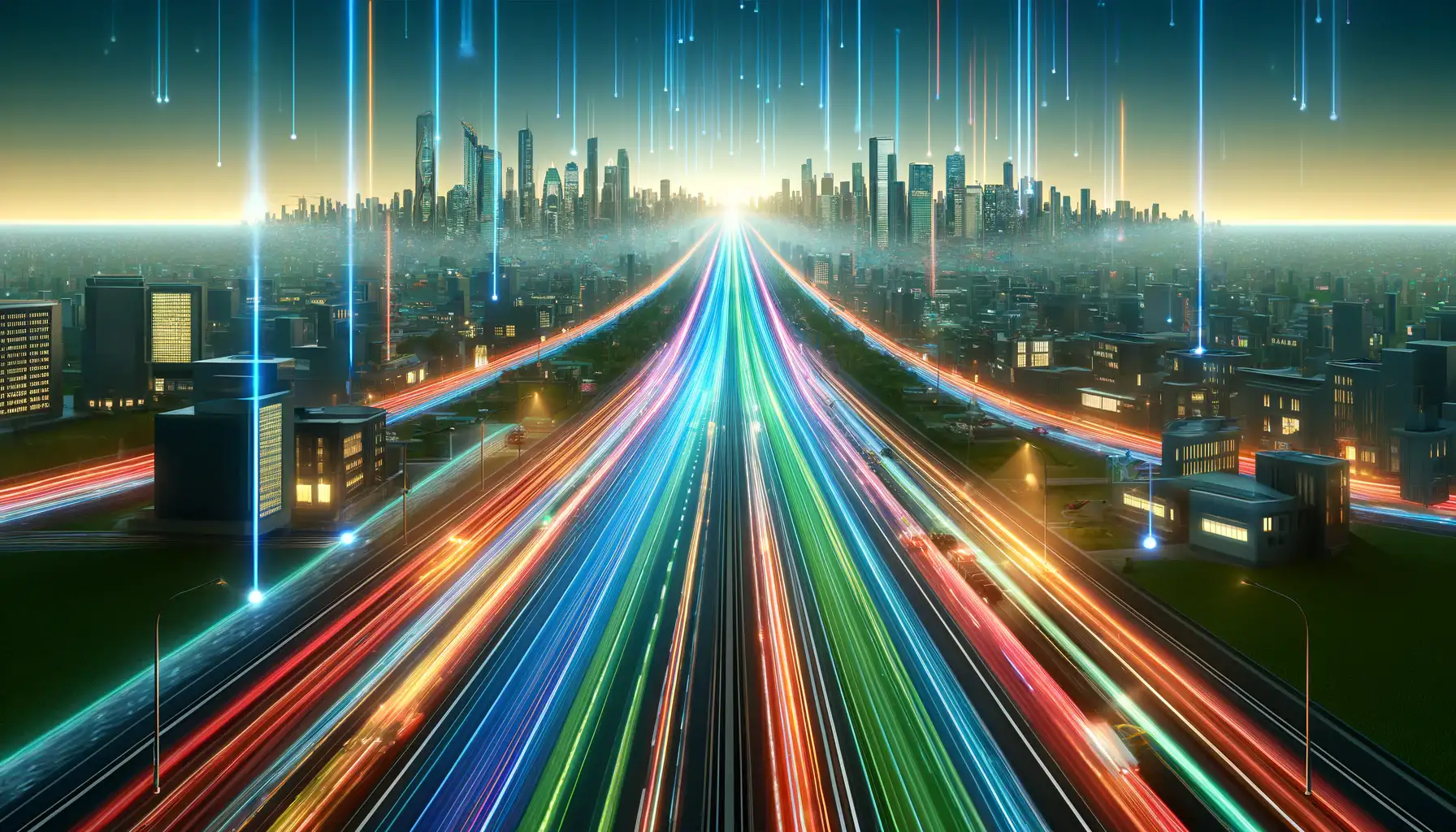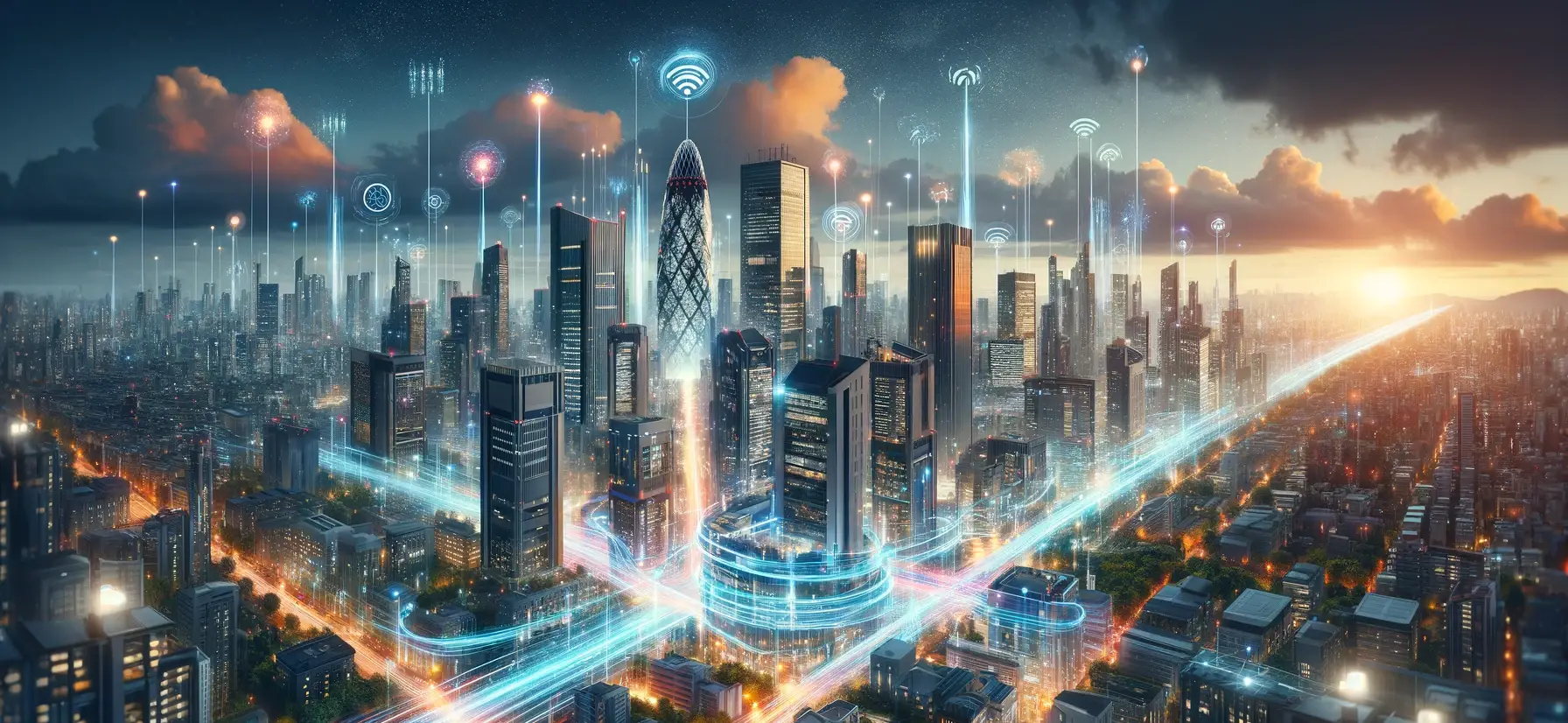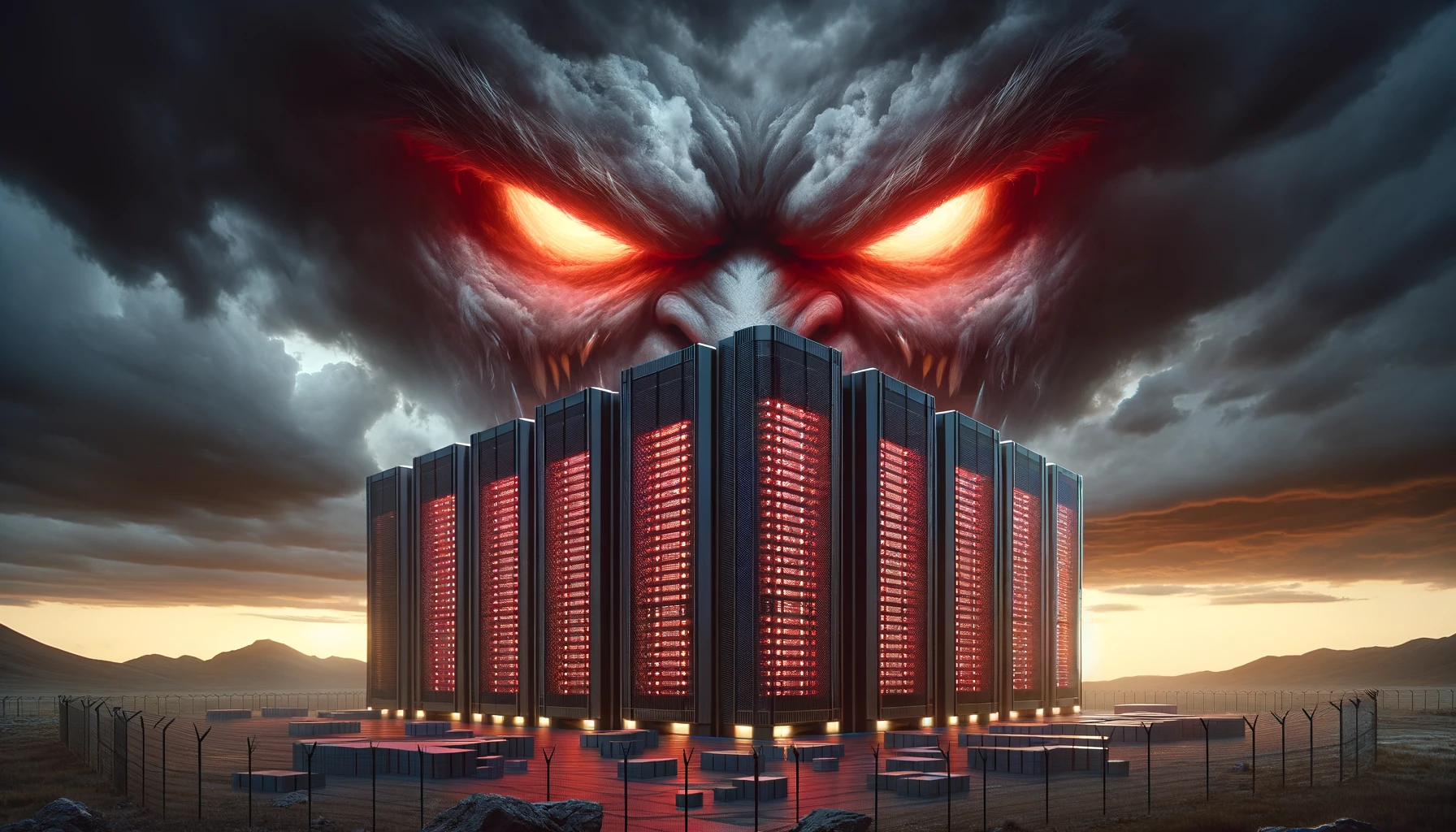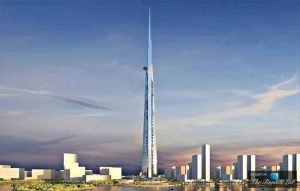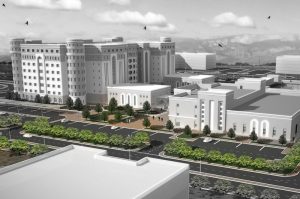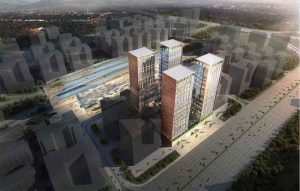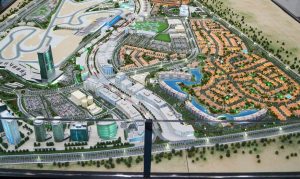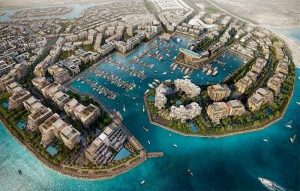Data Center Efficiency and Sustainability: A Roadmap for Eco-Friendly Powerhouses
In today’s digital landscape, data centers are the humming engines that power our interconnected world. They house the critical IT infrastructure that fuels everything from online transactions to social media platforms. However, with this immense power comes a significant environmental responsibility. Here at Azura Consultancy, we understand the importance of data center efficiency and sustainability. We’re dedicated to guiding clients on the journey towards building eco-friendly data centers that deliver exceptional performance while minimizing their environmental impact.
What is Sustainability?
Why is Sustainability in Data Centers Important?
Key Drivers of Sustainability in Data Centers
Several factors are pushing the data center industry towards a more sustainable future:
End-Users and Customers: Colocation tenants, organizations, and individual users are increasingly demanding contractual clauses that guarantee efficiency and a commitment to sustainability from data center providers.
Government Policies & Subsidies: Government initiatives like the Green Deal and sustainable investment policies are creating incentives for data center operators to prioritize sustainability.
ESG (Environmental, Social, and Governance) Factors and Sustainable Investments: Investors are increasingly focusing on a company’s ESG performance when making investment decisions. Data centers with a strong sustainability track record are more likely to attract investment.
Individual/Organizational Commitments and Public Opinion: A growing public focus on environmental responsibility is pressuring organizations to prioritize sustainability, including in their data center operations.
Business Continuity and Competitive Advantage: Sustainable data centers are not just good for the environment; they can also lead to lower operational costs and a more competitive edge in the marketplace.
Key Performance Indicators (KPIs) for Sustainable Data Centers
Several key metrics can help measure data center sustainability progress:
- Power Usage Effectiveness (PUE): This metric indicates how efficiently a data center converts energy into usable power for IT equipment. A lower PUE signifies better efficiency. Ideally, you strive for a PUE closer to 1.0.
- Water Usage Effectiveness (WUE): This metric measures water efficiency by dividing the total amount of water used by the facility by the amount of IT output delivered. A lower WUE indicates better water efficiency.
- Carbon Usage Effectiveness (CUE): This metric assesses the total greenhouse gas emissions generated per kilowatt-hour of IT energy consumed by a data center. It’s instrumental in identifying opportunities for reducing the carbon emissions associated with a data center’s electricity use.
Challenges on the Road to Sustainability
While the industry is moving towards sustainability, there are still hurdles to overcome:
Lack of Standardization: Standardized reporting and monitoring metrics, such as Power Usage Effectiveness (PUE) levels, are essential for accurate comparisons. Currently, inconsistencies exist in measurement and reporting practices.
Knowledge Gaps: Some data center operators may lack the necessary knowledge or expertise to implement effective sustainability practices.
Economic Considerations: The upfront costs of implementing some sustainable technologies can be high, requiring clear economic justification and potentially government incentives.
Balancing Design and Performance: Sustainability measures should not compromise the core functionality and reliability of data centers.
- Lack of Measurement and Benchmarking: There is a significant gap in comprehensive metrics for evaluating the environmental impact of data centers, including Carbon Usage Effectiveness (CUE) and Water Usage Effectiveness (WUE). This lack of precise measurement tools and benchmarks hinders the ability to track progress and make informed improvements.
- Normalization Challenges: The effectiveness of sustainability metrics like PUE, WUE, and CUE can vary significantly based on regional and climatic conditions. Without normalizing data to account for these variables, comparisons and evaluations can be misleading, impacting the decision-making process for sustainability initiatives
Data Center Efficiency: The Key to a Green Data Center
Data center efficiency refers to how effectively a data center converts the energy it consumes into usable power for its IT equipment. A more efficient data center uses less energy to deliver the same computing performance, resulting in a smaller environmental footprint and lower operational costs.
What is a good PUE for a data center?
PUE (Power Usage Effectiveness) is a key metric for measuring data center efficiency. It’s calculated by dividing the total amount of power used by the facility by the amount of power delivered to the IT equipment. A lower PUE indicates a more efficient data center. Ideally, you want a PUE closer to 1.0, which means very little energy is wasted. However, a realistic target for many data centers is a PUE between 1.1 and 1.5. It’s important to note that PUE outcomes can depend on a variety of factors including geographic location, climatic conditions, and the design and adoption of mechanical and electrical technologies, all of which can significantly influence the efficiency of a data center.
How can you make a data center more efficient?
There are several strategies you can implement to improve your data center’s efficiency and build a Green Data Center:
Optimizing IT and non-IT operations: Streamlining server utilization, consolidating equipment, and implementing efficient cooling systems can all contribute to significant energy savings.
Utilizing renewable energy sources: Powering your data center with renewable energy sources like solar or wind can dramatically reduce your carbon footprint.
Adopting innovative cooling technologies: Liquid cooling and air containment strategies can significantly improve cooling efficiency.
Heat reuse applications: Capturing waste heat from your data center and using it for other purposes, such as heating buildings, can be a sustainable solution.
- Minimizing losses in the electrical system: Employing highly efficient Uninterruptible Power Supply (UPS) systems and other energy-efficient electrical components can reduce energy loss and improve overall power usage effectiveness.
Reduce Your Data Center's Environmental Footprint & Boost Efficiency
The Roadmap to Sustainable Data Centers
Building a sustainable data center is a journey, not a destination. Here are the key steps involved:
Defining Sustainability Metrics & KPIs: Establish clear metrics like PUE, Water Usage Effectiveness (WUE), and Data Usage Effectiveness (XUE) to measure progress. Additionally, consider a holistic approach to track your carbon footprint using the GHG Protocol framework.
Sustainability Throughout the Project Lifecycle: Integrate sustainability considerations into every phase of your data center project, from design and procurement to construction, operation, and eventual decommissioning.
Strategies for a Sustainable Future: Here are some key strategies to consider:
Reduce Your Carbon Footprint: Implement a lifecycle assessment to identify areas for improvement and adopt renewable energy sources whenever possible.
Increase Efficiency: Optimize IT and non-IT operations to minimize energy consumption without hindering performance.
Waste Heat Recovery: Explore technologies like heat pumps to recapture waste heat and put it to productive use.
Circular Economy Principles: Prioritize long-lasting equipment and explore possibilities for extending the lifecycle of existing assets.
Measuring Performance & Compliance: Regularly monitor your sustainability metrics and ensure compliance with relevant regulations.
Staying Current: The data center sustainability landscape is constantly evolving. Keep up-to-date with the latest trends and technologies to optimize your approach.
- Holistic Approach to Sustainability: Recognize that sustainability transcends efficiency. While enhanced efficiency positively impacts data center sustainability, adopting a comprehensive approach that includes consideration of all construction, operation, and maintenance activities is crucial. The choice of sustainable construction materials, as well as considerations around the supply chain and transportation, can significantly influence the sustainability of the data center.
Leverage the expertise of Azura Consultancy’s Data Center Design expertise. We are a proven leader in data center efficiency and sustainability. Our team combines deep technical knowledge with a comprehensive understanding of the latest industry trends and regulations. We partner with you to develop a customized roadmap that optimizes your data center’s energy usage while minimizing environmental impact. Through meticulous planning, data-driven analysis, and the implementation of best practices, Azura Consultancy empowers you to achieve measurable results and navigate the ever-evolving landscape of sustainable data center design, build and operations.
Conclusion
Building a sustainable data center doesn’t have to be an overwhelming task. By following a structured roadmap, partnering with experienced professionals, and implementing effective strategies, you can significantly reduce your environmental impact and contribute to a greener future. At Azura Consultancy, we are committed to helping you build the Green Data Center of tomorrow. Contact us today to discuss your data center efficiency and sustainability goals and explore how our expertise can help you achieve them. Together, we can make a positive impact on the planet and ensure a sustainable digital future.
Frequently Asked Questions On DC Efficiency & Sustainability
Data centers consume a significant amount of global electricity (estimated 1.5-3%), contributing to greenhouse gas emissions. Sustainability helps reduce environmental impact, potentially lower operational costs, and meet growing regulations and customer demands for greener solutions.
Lack of standardized reporting metrics for accurate comparisons.
Knowledge gaps in implementing effective sustainability practices.
Upfront costs of some sustainable technologies.
Balancing efficient design with functionality and reliability.
- Power Usage Effectiveness (PUE): A lower PUE indicates better efficiency (ideally closer to 1.0).
- Water Usage Effectiveness (WUE): Measures water efficiency.
- Carbon Footprint: Tracks total greenhouse gas emissions.
- Optimize IT operations (server consolidation, virtualization).
- Implement efficient cooling systems (air containment, liquid cooling).
- Integrate renewable energy sources.
- Utilize waste heat recapture technologies.
- Adopt circular economy principles (long-lasting equipment, proper maintenance, reuse/refurbishment).
A Green Data Center prioritizes sustainable practices throughout its lifecycle, from design and operation to decommissioning. It aims to minimize environmental impact through energy efficiency, renewable energy use, and responsible resource management.
Green Deal (EU): Encourages sustainable investments and energy efficiency measures.
Various government subsidies and tax incentives for adopting sustainable practices.
- Look for providers with a strong sustainability track record and transparent reporting.
- Inquire about their energy sources, cooling technologies, and waste management practices.
- Consider certifications like LEED (Leadership in Energy and Environmental Design) or Energy Star.
AI can optimize IT operations, predict cooling needs, and identify energy-saving opportunities.
Focus on even greater energy efficiency, increased use of renewable energy, and advancements in liquid cooling technologies. Integration of AI and machine learning for further optimization is also anticipated.
Data center efficiency refers to how effectively a data center converts the energy it consumes into usable power for its IT equipment. A more efficient data center uses less energy to deliver the same computing performance, resulting in cost savings and a lower environmental impact.
The primary metric used to measure data center efficiency is Power Usage Effectiveness (PUE). It’s calculated by dividing the total amount of power used by the facility by the amount of power delivered to the IT equipment. A lower PUE indicates better efficiency. Ideally, you strive for a PUE closer to 1.0 (meaning very little energy is wasted). However, a realistic target for many data centers falls between 1.1 and 1.5.
- IT Operations: Server utilization, equipment age and efficiency, and virtualization practices all play a role.
- Cooling Systems: The type of cooling system (air conditioning vs. liquid cooling) and its efficiency significantly impact overall energy consumption.
- Facility Design: Data center layout, airflow management, and the use of energy-efficient infrastructure contribute to efficiency.
- Optimize IT operations: Consolidate underutilized servers, implement virtualization technologies, and improve server utilization rates.
- Upgrade cooling systems: Explore efficient cooling technologies like liquid cooling or air containment strategies.
- Utilize renewable energy sources: Power your data center with solar, wind, or other clean energy sources.
- Implement heat reuse: Capture waste heat from the data center and use it for other purposes like heating buildings.
- Reduced energy costs: Lower energy consumption translates to significant cost savings on your electricity bill.
- Environmental benefits: By using less energy, you contribute to a smaller carbon footprint and a greener future.
- Improved reliability: Efficient data centers tend to operate with cooler temperatures, leading to improved equipment longevity.
- Enhanced regulatory compliance: Meeting stricter energy efficiency regulations becomes easier with a more efficient data center.
- Artificial Intelligence (AI): AI can help optimize IT operations, predict cooling needs, and identify energy-saving opportunities.
- Immersion cooling: This technology uses liquids like dielectric fluids for more efficient heat transfer from servers
- Modular data center designs: These flexible and scalable designs can be optimized for efficiency and rapid deployment.
- Tax breaks and government subsidies: Some governments offer incentives for data centers that implement energy-saving measures.
- Utility rebates: Energy providers may offer rebates for adopting energy-efficient technologies.
- Improved return on investment (ROI): The cost savings from lower energy bills can lead to a faster return on investment for efficiency upgrades.
Industry associations and government agencies often provide benchmarking data for data center efficiency. You can compare your PUE with similar facilities to identify areas for improvement.
The future trends point towards even greater efficiency with advancements in cooling technologies, AI-powered optimization, and the widespread adoption of renewable energy sources.



